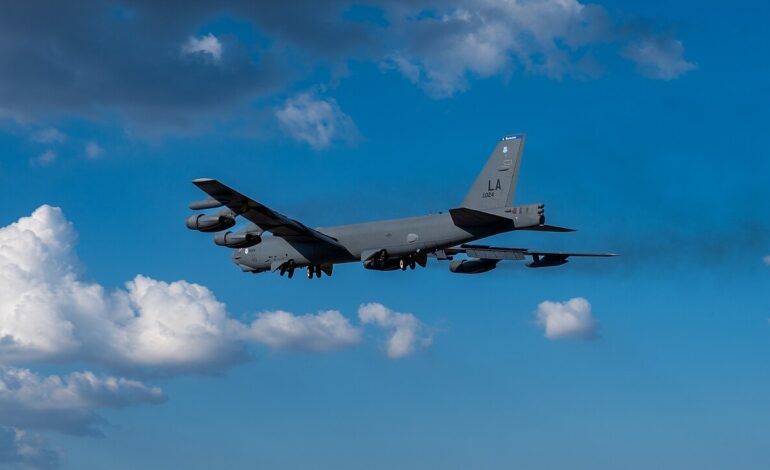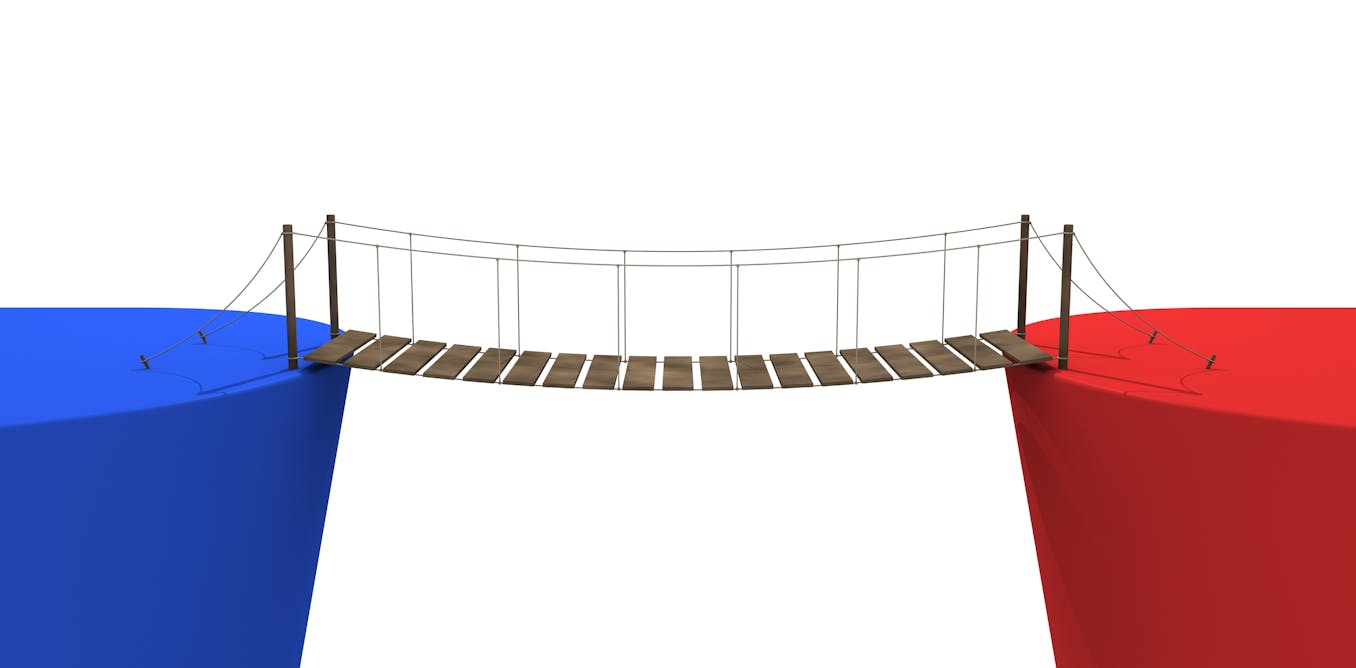Air Force Major General Calls for Increased Bomber Preparedness

Air Force Major General Jason Armagost has issued a stark warning about the necessity for the United States to prepare for sustained bombing operations in the face of evolving global threats. His remarks come in the wake of a significant military action—Operation Midnight Hammer—which saw the U.S. Air Force conduct a high-stakes assault on Iran’s nuclear weapons program.
During the operation, which took place in June 2025, several B-2 Spirit stealth bombers launched from the continental United States, executed deep penetration strikes on Iranian nuclear sites, and returned safely after a flight of over 18 hours. The operation reportedly contributed to a temporary ceasefire between Israel and Iran, delaying Iran’s nuclear ambitions for an extended period.
In a recent webinar hosted by the Air & Space Forces Association, Armagost emphasized that while the successful execution of Operation Midnight Hammer demonstrated the strength of U.S. air capabilities, the military must be ready for more extensive engagements against near-peer adversaries such as China and Russia. He stated, “I can never assume that any single strike is going to be enough,” underlining the importance of maintaining a robust and ready bomber fleet.
The potential for large-scale conflict necessitates the ability to conduct sustained bombing campaigns, a capability that would require a significant number of operational bombers. The U.S. military currently boasts the largest and most advanced bomber fleet globally, consisting of the B-1 Lancer, B-2 Spirit, and B-52 Stratofortress. However, both China and Russia are modernizing their own bomber fleets, presenting a growing challenge to U.S. air superiority.
Armagost highlighted the “unbelievable deterrent value” of deep-penetration bombers, advocating for a diverse and capable air force. Looking to the future, the U.S. Air Force aims to integrate the B-21 Raider, a sixth-generation stealth bomber currently undergoing flight testing, into its operations alongside the B-52, with plans to have a fleet of up to 220 bombers.
The general emphasized the need for a consistent funding cycle to ensure that advanced aircraft are equipped with state-of-the-art munitions, which are crucial for overcoming adversary air defenses. “What you’re ultimately trying to do… is create options,” he explained. “You look at cost per kill, you look at strike efficiency. How do you get the most with the least, or with the most diverse options?”
The current strategic landscape emphasizes the critical role of both numbers and advanced technology in maintaining U.S. aerial dominance. The military’s focus on enhancing its bomber capabilities reflects a proactive approach to national security challenges that could arise in the coming decades.
As geopolitical tensions continue to evolve, the insights from Major General Armagost serve as a reminder of the complexities of modern warfare and the need for the U.S. to adapt its military strategies accordingly. The Air Force’s commitment to readiness and technological advancement will be essential in ensuring that it remains prepared for any potential conflicts in the future.






